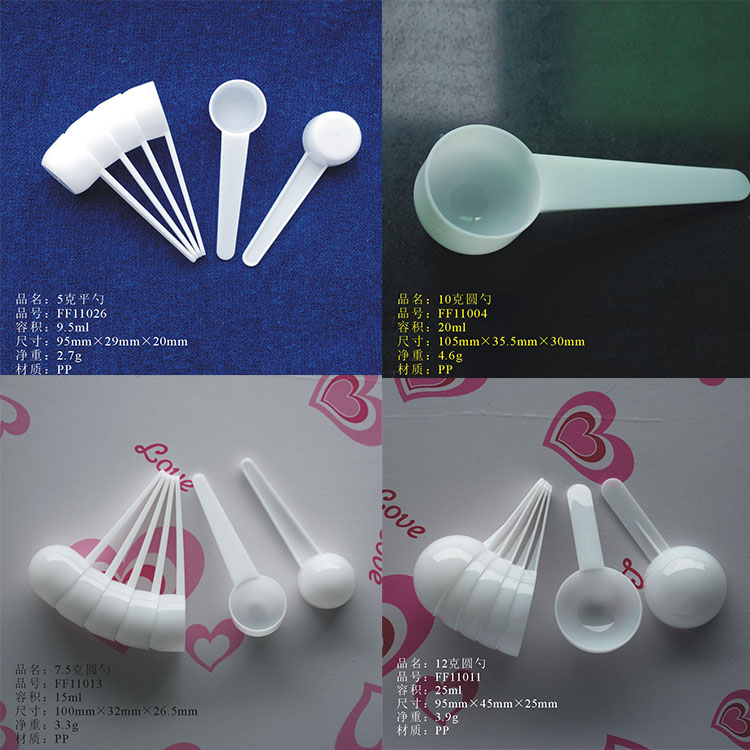PP polypropylene
Typical application range:
Automotive industry (mainly using PP containing metal additives: mudguards, ventilation ducts, fans, etc.), appliances (dishwasher door liners, dryer ventilation ducts, washing machine frames and covers, refrigerator door liners, etc.), Japan Use consumer goods (lawn and garden equipment such as
Lawn mowers and sprinklers, etc.).
Injection mold process conditions:
Drying treatment: If stored properly, no drying treatment is required.
Melting temperature: 220~275℃, be careful not to exceed 275℃.
Mold temperature: 40~80℃, 50℃ is recommended. The degree of crystallization is mainly determined by the mold temperature.
Injection pressure: up to 1800bar.
Injection speed: Generally, the use of high-speed injection can reduce the internal pressure to a minimum. If there are defects on the surface of the product, low-speed injection at a higher temperature should be used.
Runners and gates: For cold runners, the typical runner diameter range is 4~7mm. It is recommended to use a circular injection port and runner. All types of gates can be used. The typical gate diameter ranges from 1 to 1.5mm, but gates as small as 0.7mm can also be used. For edge gates, the minimum gate depth should be half the wall thickness; the minimum gate width should be at least twice the wall thickness. PP material can use hot runner system.
Chemical and physical properties:
PP is a semi-crystalline material. It is harder than PE and has a higher melting point. Since homopolymer PP is very brittle when the temperature is higher than 0°C, many commercial PP materials are random copolymers with 1 to 4% ethylene or clamp copolymers with higher ethylene content. Copolymer PP material has lower thermal distortion temperature (100°C), low transparency, low gloss, low rigidity, but has stronger impact strength. The strength of PP increases with the increase of ethylene content. The Vicat softening temperature of PP is 150°C. Due to the high crystallinity, the surface rigidity and scratch resistance of this material are very good. PP does not have the problem of environmental stress cracking. Usually, the PP is modified by adding glass fiber, metal additives or thermoplastic rubber. The flow rate MFR of PP ranges from 1 to 40. PP materials with low MFR have better impact resistance but lower elongation strength. For materials with the same MFR, the strength of the copolymer type is higher than that of the homopolymer type. Due to crystallization, the shrinkage rate of PP is quite high, generally 1.8~2.5%. And the direction uniformity of shrinkage is much better than that of PE-HD and other materials. Adding 30% of glass additives can reduce the shrinkage to 0.7%. Both homopolymer and copolymer PP materials have excellent moisture absorption, acid and alkali corrosion resistance, and solubility resistance. However, it has no resistance to aromatic hydrocarbons (such as benzene) solvents, chlorinated hydrocarbons (carbon tetrachloride) solvents, etc. PP does not have oxidation resistance at high temperatures like PE.
Our plastic spoons, plastic test tubes, nasal inhalers and other products that come into contact with the human body use PP materials. We have medical grade PP materials and food grade PP materials. Because PP materials are non-toxic.
Post time: Sep-22-2021

